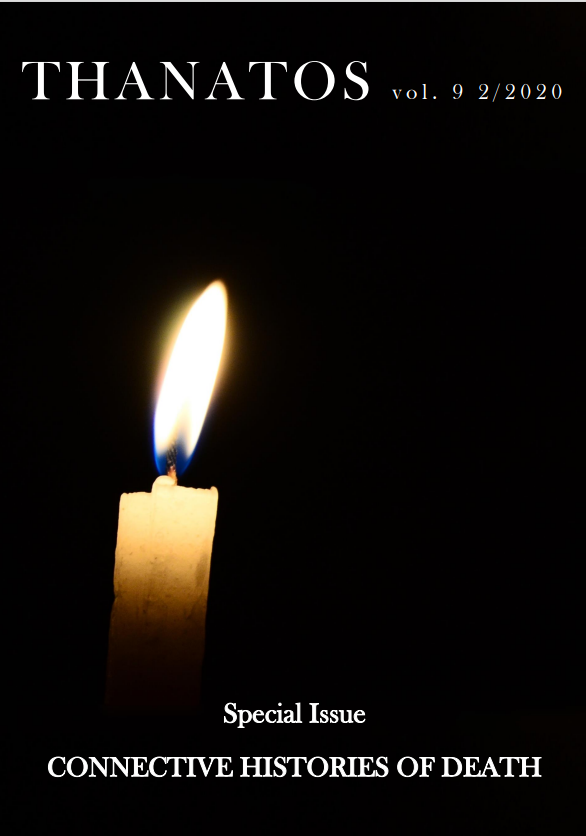Spiritual Care and the Artes Moriendi
Abstrakti
Modern palliative care is holistic in its approach, aiming to assuage both the physical and emotional pain of the dying. Drawing on Dame Cicely Saunders’s concept of “total pain,” the NHS identifies four modalities of care: physical, social, psychological and spiritual. Of these, spiritual care poses a particular challenge. The bounds of spirituality are difficult to define in the modern world and it is well documented that healthcare workers are often reluctant to engage with patients on this level. This article draws on both medical and historical perspectives to see whether the historical literature of the Ars Moriendi (the Art of Dying) can furnish useful tools or frameworks for modern palliative medicine. Drawing on a selection of English examples from this tradition (mostly from the fifteenth and early-sixteenth centuries), it is suggested here that texts in this tradition often divided spiritual care into two, starting with a more palliative component, in which the fear of death itself was addressed, before moving on to a second, more positively religious stage, in which rituals and professions of faith were used to prepare the dying for their end. This, we suggest, may prove a useful distinction for modern medicine, helping to overcome reticence and clarifying the roles of different members of the care team in administering spiritual care.
Tiedostolataukset
Julkaistu
Numero
Osasto
Lisenssi
Copyright (c) 2023 David Harrap, Emily Collins

Tämä työ on lisensoitu Creative Commons Nimeä-EiKaupallinen-EiMuutoksia 4.0 Kansainvälinen Julkinen -lisenssillä.





